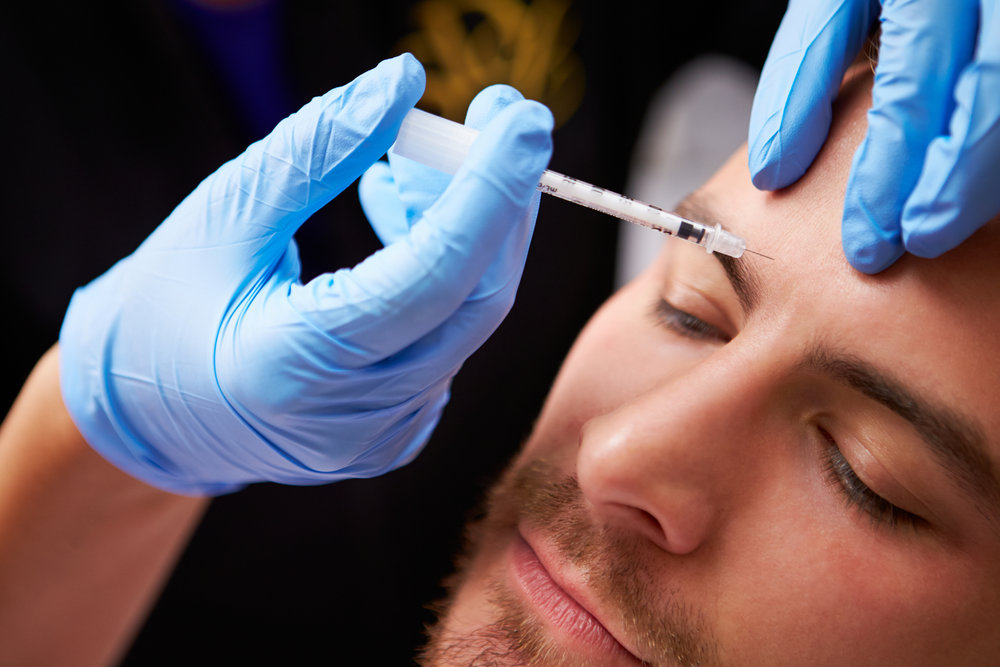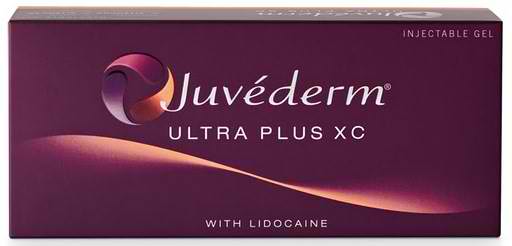
Guest Post by Dr. Ebtisam Elghblawi, an aesthetic dermatologist in Libya.
Dr. Elghblawi's interview.
Nowadays it is vital to feel confident, self assured and self content about the general look. Face and beauty is always appealing and pursuing beauty is one of the most deeply ingrained human drives as always and as ever.
It has been found that beauty is innate preference as they have noticed a three- months babies were staring for long on beautiful faces.
Over the recent years, demands for medical cosmetic procedures have growing by leaps and bounds, with an immense potential. It has been noticed that the number of patients who is receiving cosmetic has risen. Cosmetic procedures have dramatically increased in popularity over the past two decades in the USA and men newly represent a growing percentage of all consumers, beside women who still make up the main bulk of the filler market.
More than ever, males nowadays are seeking cosmetic procedures for various reasoning. They become more self-concerned and self-conscious to look their best in the impossible quest with the possible available non invasive ways.
This surge could be attributed to the pressure of the media, glamorous lifestyle magazines, and tempting television adverts and offers with movies promoting men’s trendy styles, baby “boomer” male, grooming appealing utilities, and fitness merchandise. This new trend is contributing to the rise of male aesthetic procedures in dermatology.
Men nowadays are much more open and proactive about their appearance and it’s not considered a taboo as it used to. And this can be explained to the reason of quick fix at lunch time with no downtime.
Some men will recognize particular areas of concern to combat, while others point out only the overall aging appearance.
Men generally are less price sensitive comparing to their counterpart women, and are difficult in making follow up appointment and more pain sensitive comparing to women. They want a less bruise work and pain free fix with easier administration.
Men differ from women when it comes to inject their faces, as different methods can be adopted due to the biological, anatomical and behavioural variation aspects.
Men have a squarer face, strong horizontal brow, a more angled and larger jaw, strong chin, and equally balanced upper and lower facial proportions. Thus feminizing men facial features will lead to patient’s dissatisfaction.
Any person per se is considered a piece of art, a sculpture, and herein we are creating an appealing exquisiteness. The face has divine measures. We have to look for an artist for each client faces to achieve what is desired. Also addressing patients’ main expectations and checking out realistic outcomes are the main goal in any successful aesthetic practice.
We have to hand men a large hand held mirror to appreciate and compare the treated and untreated areas.
In many instances some patients do have body ‘dysmorphia’ whereby they never appreciate nor see any positive outcomes even if it was merely subtle. It’s after all, patients own perception of their body and they could just make unnecessary troubles which we should ensure before any procedure to save the hurdles incurred after then.
The general joking says ‘the more fit men are, the worse they look, they look close to death’. As in fact heavy exercise causes fat to exhaust from a destitute area and build up in parts of the face where it conveys an ugly look for men. Many men want that quick subtle make over for their face to be probably ready for action.
In defining unique male characteristics we need to consider certain aspects in order not to feminize men. We have to emphasis on the masculine athletic look. For instance, the projected chin, chiseled jaw, and sculptured men jaw line, and the ‘alpha men’ are the preferable one. After all, men with wide angle, strong face and chin is the picture domain for most men.
There are different ways to approach men face with injectable fillers. In fact injectables are meant to shape the face subtly and not grossly without going under the knife.
Strong chin give the confidence look and adding 1-2 cm projection to the chin would imply as adding few inches to the actual height. In fact it gives the alpha men appearance. Also under eye darkness, bags, puffiness and hollowness would imply a tired look and adding little filler will give the rested and the super refreshed look and more youthful outlook.
Full face filler - subtle augmenting facial features treatment can be the right choice to approach after full face assessment. In fact small changes will give big impact and boost the self confidence and body image. Even nose hump correction, with the under eye, cheek, and chin augmentation would all reflect in one way or another with a positive attitude.
The ultimate aim is not to overuse and just aim to have a subtle favorable improved look. It’s in fact a combination between aesthetic and cosmetic reasoning to stay proactive and trendy.
It’s not favorable to augment men lips though some demand that in the western society in copying some celebrities. After all it’s everyone choice and should consider it from all aspects. However, pouty lips are considered to be sexually attractive by both men and women and certainly a feminine attribute. When augmenting lips in the male patient, under-correction is the rule to be undertaken.
Looking good is important to most people and everyone wish. Facial beauty can be defined by an amalgamation of factors that involve symmetry, visually pleasing and aesthetically pleasing geometrical proportion. After all, men are still only a small portion of most clinician’s total patient population.
The good about cosmetic injections that it offers immediate results with no downtime and thus a quick return to work after the procedure
Cosmetic dermatology continues to offer refined, improved, and new patient aesthetic treatments and desired therapies. Dermatology is a continuous, open-ended practice, and I always strive to perform the greatest procedures to my patients with the wish to enhance and improve the appearance of their skin. In many occasions, a new product and procedure doesn’t always live up to manufacturer’s promotion, expectations or advance reviews. My patient’s consulate me for advice about safety, effectiveness, and the painless performance of desired procedure, to keep them in the look they yearn for.
My greatest reward is when my patients are happy, and exceeded their expectations and improved their self esteem.
My patients in general, want to look younger, natural, refreshed, and vibrant, simply a better version of them and without any downtime.
My current driving passion is detection of skin cancer by the dermatoscope and applying my own skillful knowledge on cosmetic dermatology.
To come to an end, men who desire fillers have their own needs and anticipations. It’s important to optimize men satisfaction with the yielded outcomes. After all cosmetics are utilised to beautify, enhance attractiveness, and sometimes altering one’s look without affecting the underneath structure or functionality. And in order to optimize outcomes - cosmetic approach must be tailored for each patient individually and it’s important to have a proper understanding and a mutual communication to achieve the desired results.
Hyaluronic acids will keep on growing in both male and female patients, and the sole principles of the male face must be well-known as treatment goals in order not to feminize men. Furthermore, symmetry, steadiness, and an harmonious mix are the crucial objectives for delivering perfect treatment.
About the Author
Dr. Ebtisam Elghblawi is a Libyan-based Aesthetic Dermatologist. She is very much passionate in learning more about aesthetic medicine as she progresses in her career.
Submitting a guest post.














